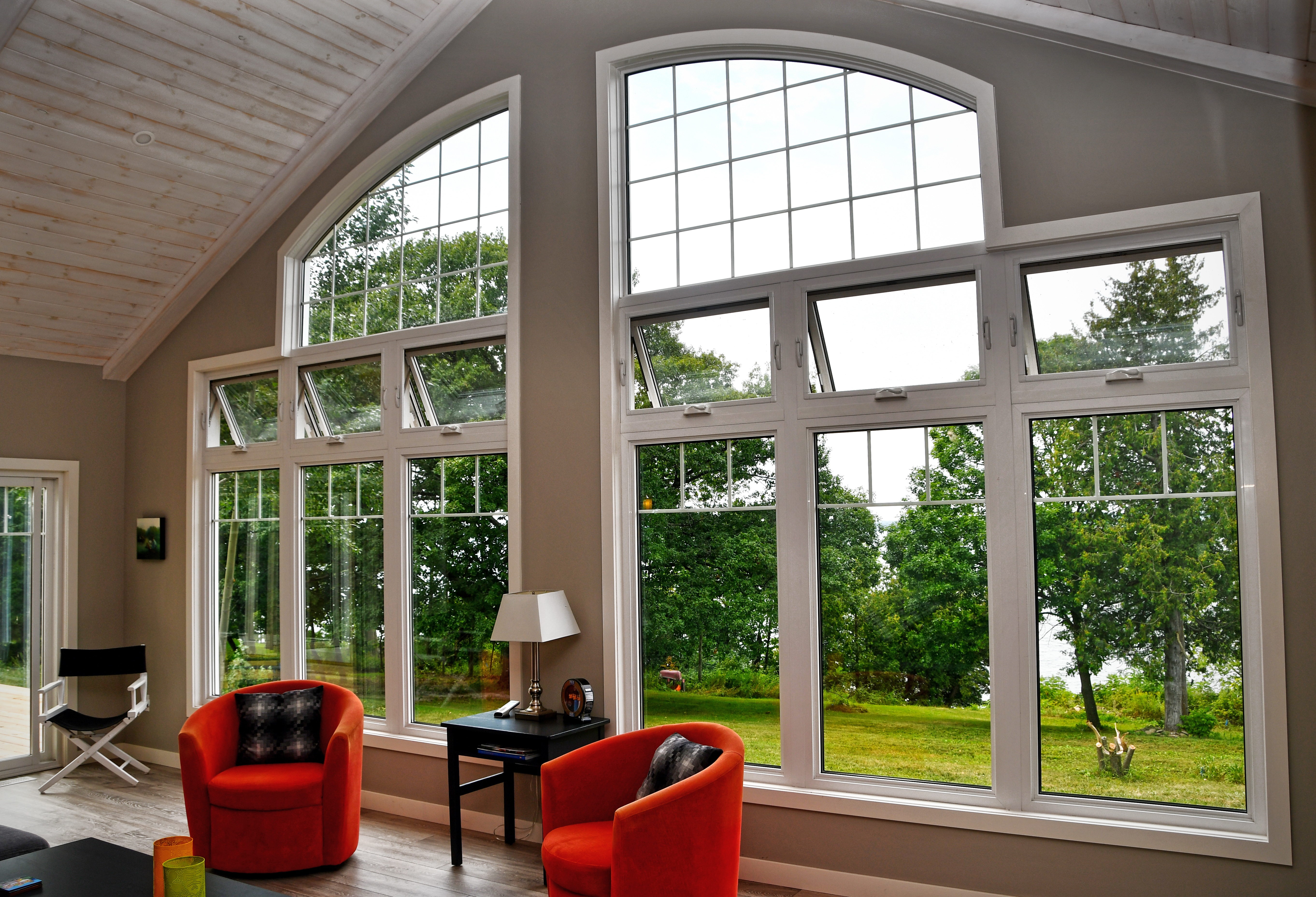One of the primary goals of most homebuyers today is to make their house as efficient and eco-friendly as possible. While adapting existing homes to meet that goal can be challenging, it is much easier to incorporate eco-friendly design when you are building from the ground up.
Here are five tips to help to make your eco-friendly design choices easier:
Windows
While there is nothing wrong with trying to find ways to save money, one area you should not skimp on for your eco-friendly home is windows. Effective insulation can go a long way in making your home more efficient and cost-effective. Low-quality windows that allow the outside air in and your conditioned air out are like a dripping faucet you cannot see or hear: the waste may be invisible, but the resulting bill will still shock you.
Look for the Energy Star designation to select windows proven to provide the efficiency you desire. Consider multi-pane windows with an insulating gas between the panels and tinting that reduces the amount of solar energy coming through. This combination helps to ensure both comfort and efficiency throughout the year.
Tankless Water Heaters
We all expect to have hot water on demand, but older water heaters achieve this with an insulated chamber that requires a constant flow of electricity. Tankless water heaters offer an eco-friendlier alternative by only heating water as needed. While modifying an existing home to accommodate this type of water heater can be quite expensive, it is an easier choice for a new build.
Smart Thermostats
Old, clunky thermostats require constant manual adjustment to ensure your home achieved the desired level of comfort without also causing a sky-high bill. Today’s smart thermostats are a much different proposition since they act as one of your biggest allies in the quest for home efficiency.
Smart thermostats can monitor your home’s energy use, right on down to individual appliances, allowing you to make precise adjustments as necessary. Such programming makes it possible to run high-energy appliances at non-peak times, such as late evening, allowing you to save money. Also, you can program these thermostats to turn off such appliances completely when no one is home. You can do this remotely with a computer or a smartphone app, increasing the convenience factor even further.
Paint
Even the artistic aspects of your home’s design can contribute to the structure’s eco-friendly status. The paint you choose can play an important role as some contain high levels of VOCs (volatile organic compounds), which are harmful to our environment. When choosing your home’s colours, make sure to also research the level of VOCs in the paint and stick with brands that offer low levels or none at all.
Reflective Insulation
High quality insulation is particularly important in a country like Canada, where our winters can be extremely cold. However, insulation can also make a big difference in your summer energy use. Reflective insulation can help to keep your home cool while reducing air conditioner costs.
Solar radiation is responsible for the sun’s heat, and while we all enjoy being warm during summer, it’s nice to know you can retreat to a cooler alternative inside. Reflective insulation uses materials that bounce solar energy away from your home, thus helping to reduce the temperature. This eco-friendly choice also has several other advantages, including keeping these rooms warmer in winter.


